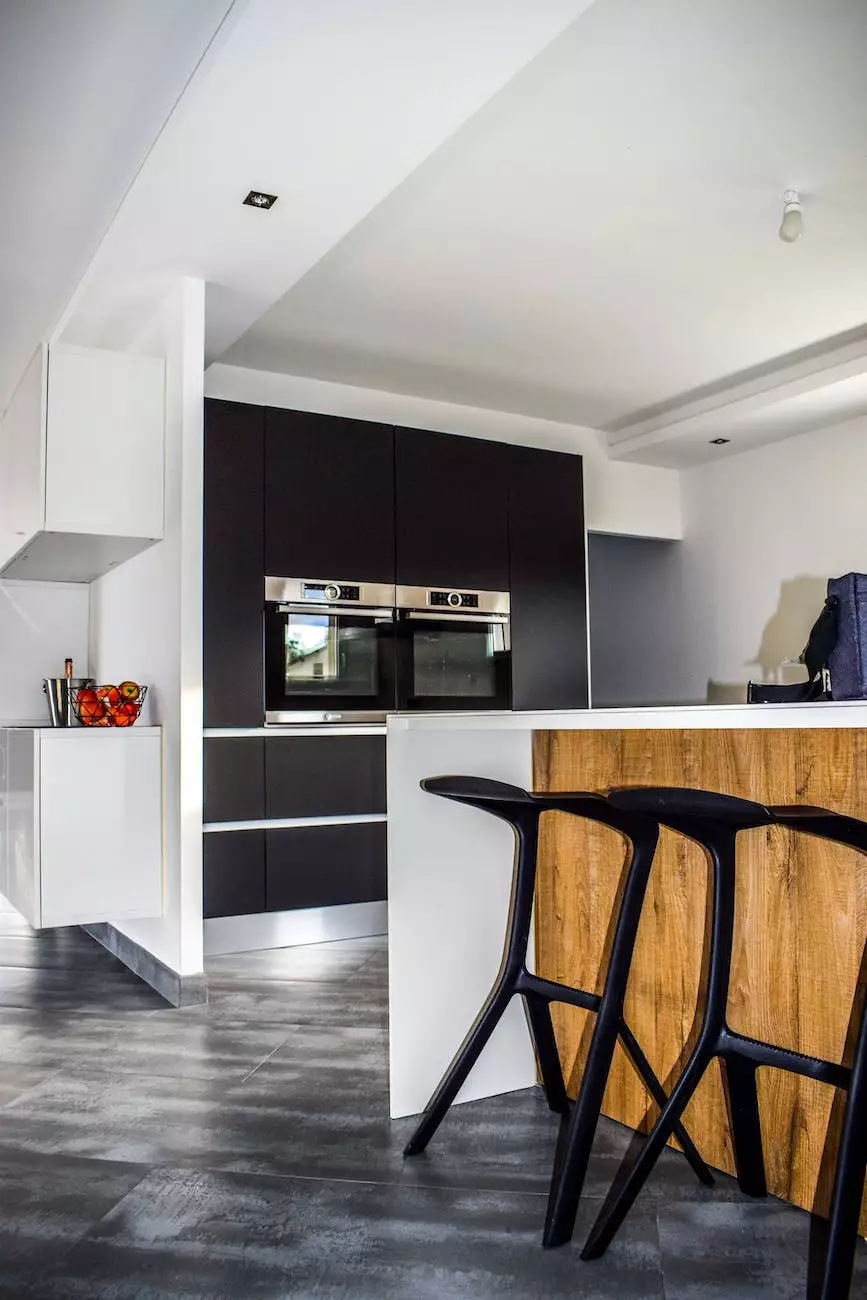English Lesson: House, Home, Apartment, Condo, Room
English Vocabulary Lessons
Introduction
Welcome to NJCLT's English lesson on "House, Home, Apartment, Condo, Room." In this comprehensive lesson, we will explore the various types of living spaces and delve into their distinctive features. By the end of this lesson, you will have expanded your English vocabulary and developed a deeper understanding of these terms.
House
A house is a dwelling typically located on its own land. It is usually a detached structure, providing privacy, space, and versatility. Houses come in various sizes and architectural styles, from cozy cottages to grand mansions. They often have multiple rooms, including bedrooms, living rooms, kitchens, bathrooms, and sometimes even additional spaces like basements, attics, or garages.
When describing houses, it is common to mention their unique characteristics such as the number of floors, the presence of a garden or backyard, and the overall architectural design. Houses offer individuals or families a more spacious and customizable living environment to make their own.
Home
A home is more than just a physical structure; it represents a place of comfort, belonging, and emotional attachment. It encompasses the feeling of security and familiarity associated with a particular living space. A home can be a house, an apartment, or any place where one feels a sense of belonging.
When discussing homes, people might use words like cozy, warm, welcoming, or inviting. The concept of home extends beyond the physicality of the building and encompasses the emotional connections and memories built within its walls. It is a place where individuals and families create lasting bonds and make cherished memories.
Apartment
An apartment is a self-contained living unit within a larger building typically designed to accommodate multiple households. Apartments are characterized by their shared walls, common areas, and communal facilities such as elevators, parking spaces, or gyms. They come in various sizes, configurations, and styles.
When talking about apartments, it is common to refer to the number of bedrooms, the floor level, and the availability of amenities. Apartments cater to individuals or families who prefer a more compact living space that offers convenience, shared facilities, and sometimes even additional services such as security or maintenance.
Condo
A condo, short for condominium, is similar to an apartment in terms of shared spaces and facilities. However, condos are typically owned by individuals rather than rented. Each condo unit is privately owned, and the residents collectively share the responsibility for the maintenance and management of the building and its common areas.
Condos combine elements of apartment living and homeownership, providing residents with a sense of community while still having the freedom to personalize their individual units. The ownership aspect makes condos a popular choice for those who desire a more long-term investment in their living space.
Room
A room is a designated space within a larger dwelling, such as a house, apartment, or condo. It is a distinct area with its own function and purpose. Rooms can serve as bedrooms, living rooms, kitchens, dining areas, home offices, or even recreational spaces.
When discussing rooms, people often describe their size, layout, and the activities that take place within them. Rooms offer individuals or families the opportunity to organize and utilize their living spaces according to their specific needs and preferences.
Conclusion
By now, you have gained a comprehensive understanding of the various living spaces: house, home, apartment, condo, and room. You have explored their distinctive features, characteristics, and unique qualities. Whether you strive for the spaciousness of a house, the sense of community in an apartment or condo, or the flexibility of designing individual rooms, there is a living space to suit everyone's needs and preferences.
Remember, these terms extend beyond their physical definitions and hold personal and emotional significance for individuals and families. We hope this English lesson has expanded your vocabulary and deepened your understanding of these concepts. Now you can confidently engage in conversations about different types of living spaces and express your preferences with clarity.










